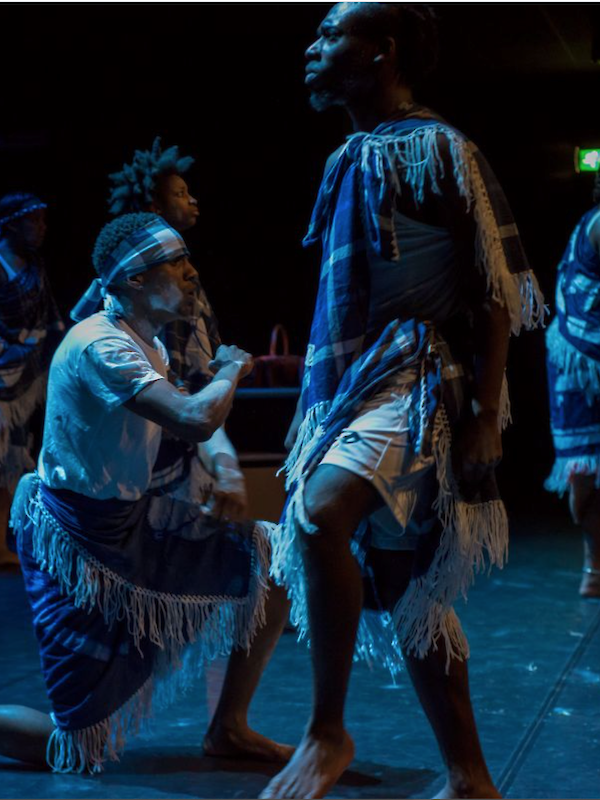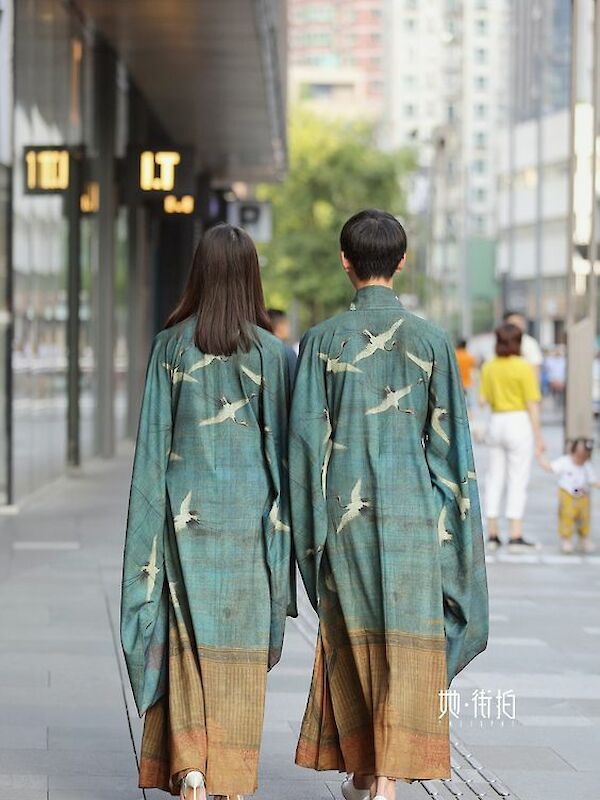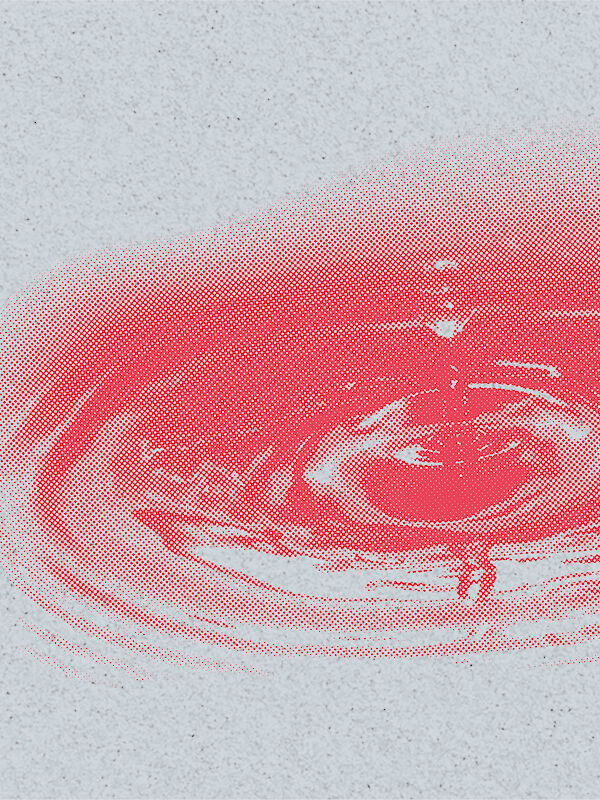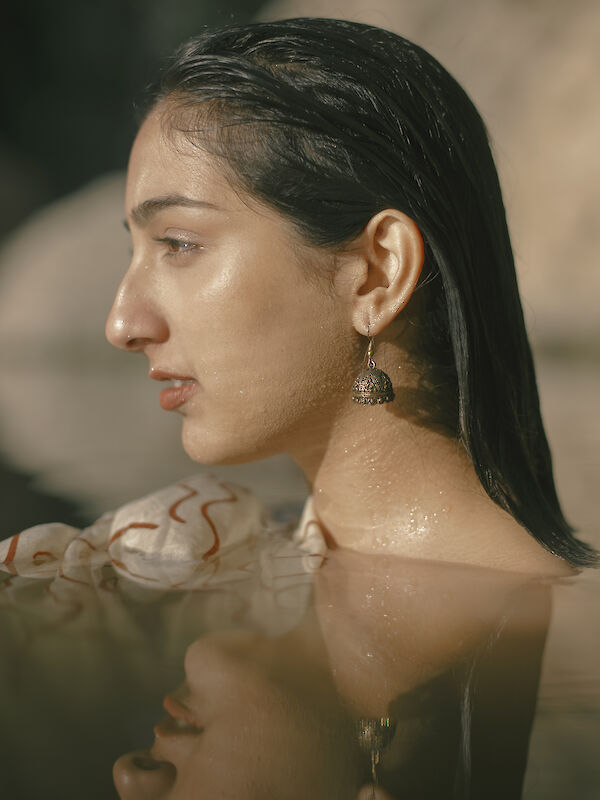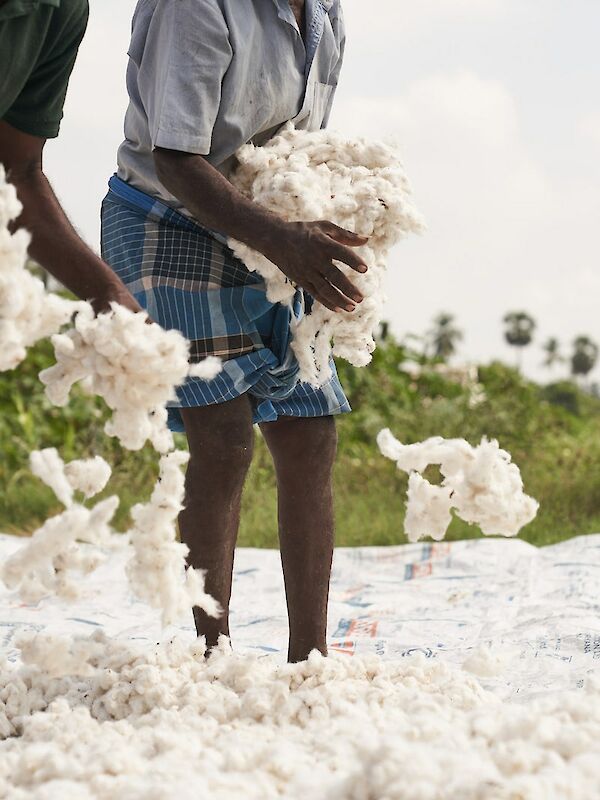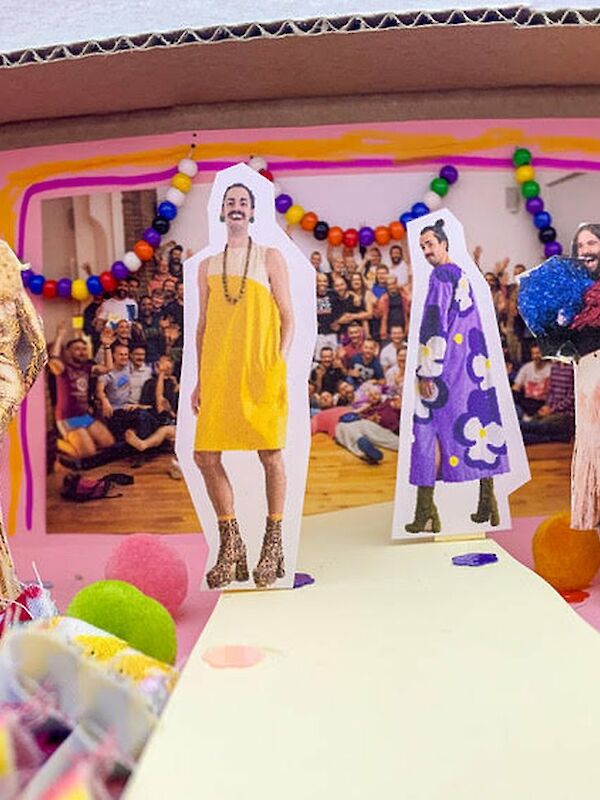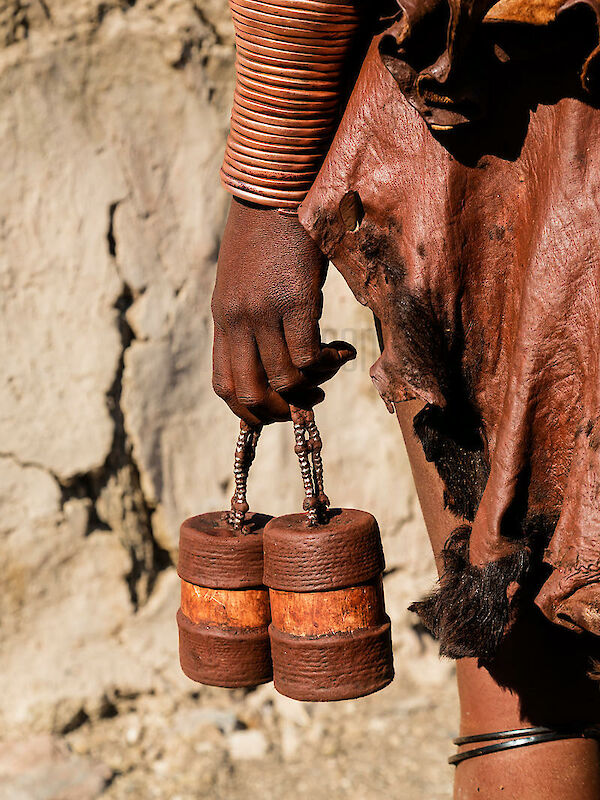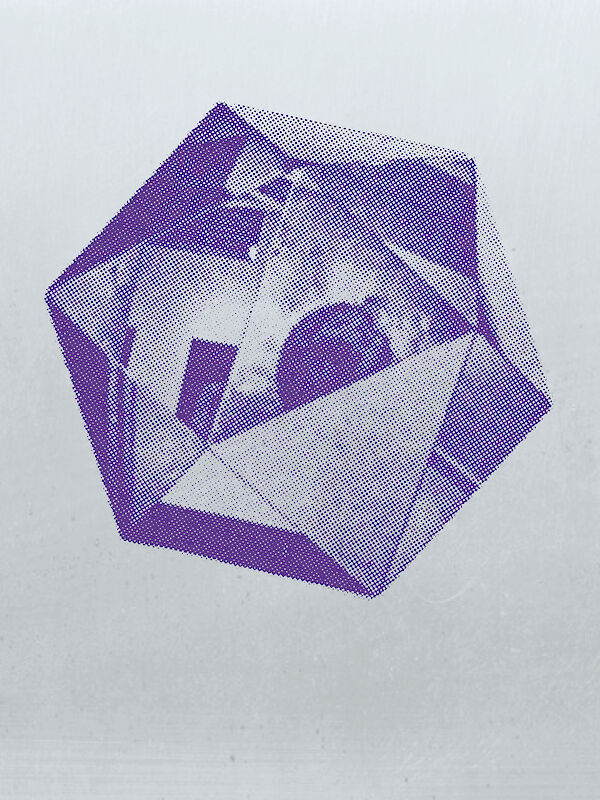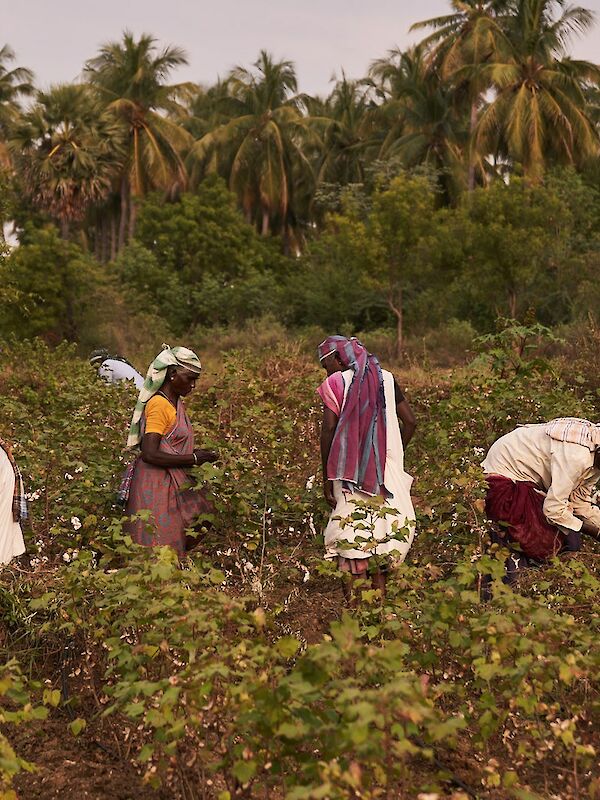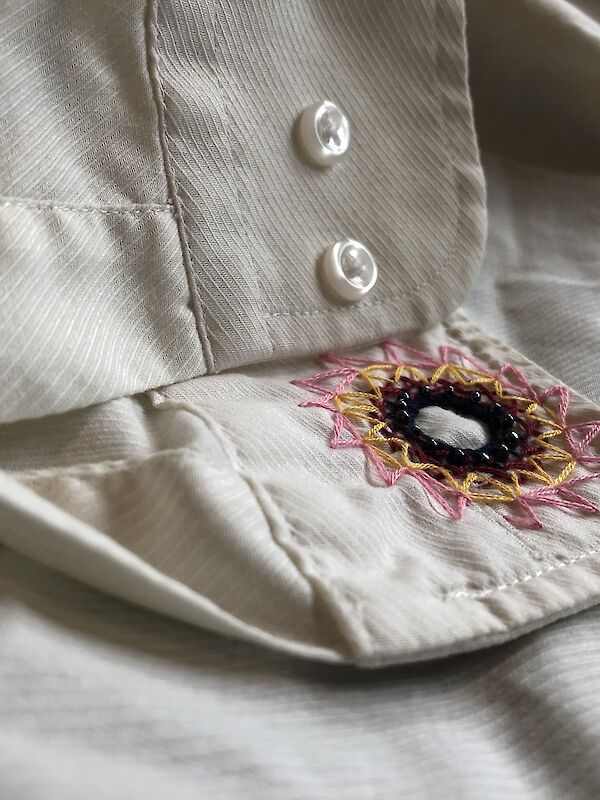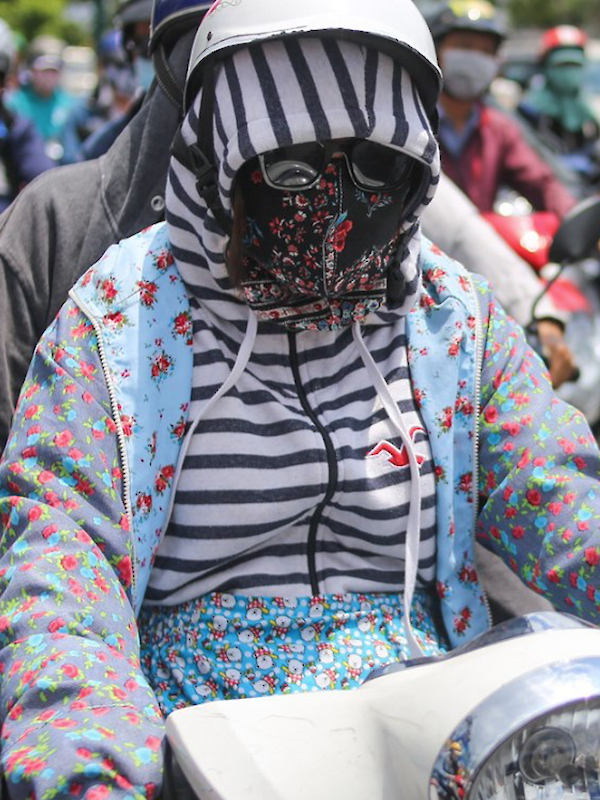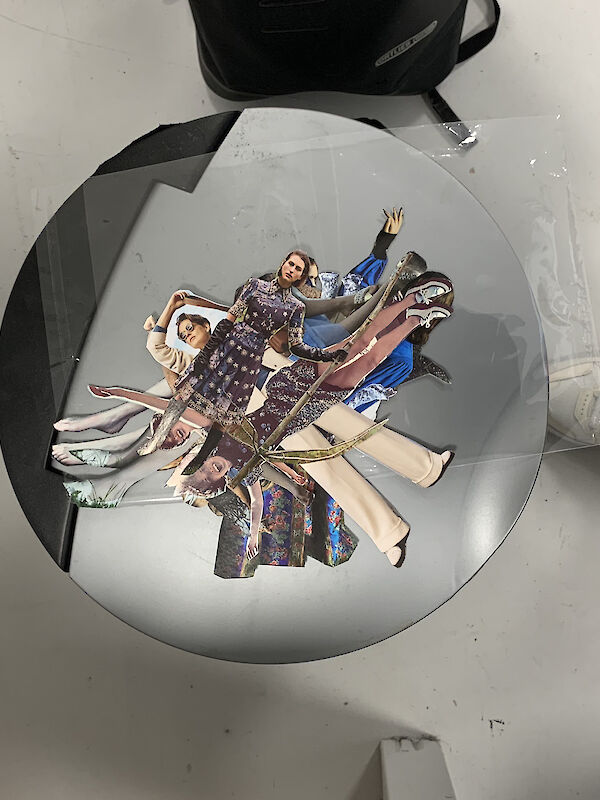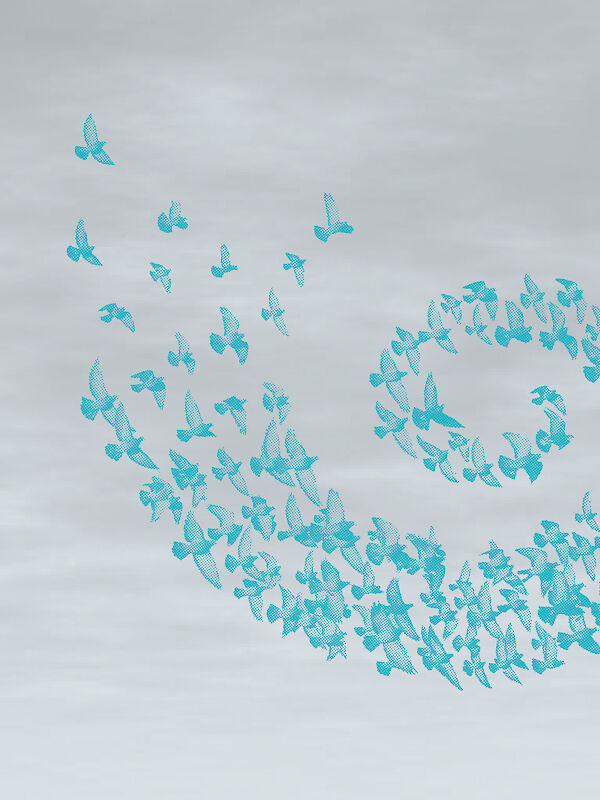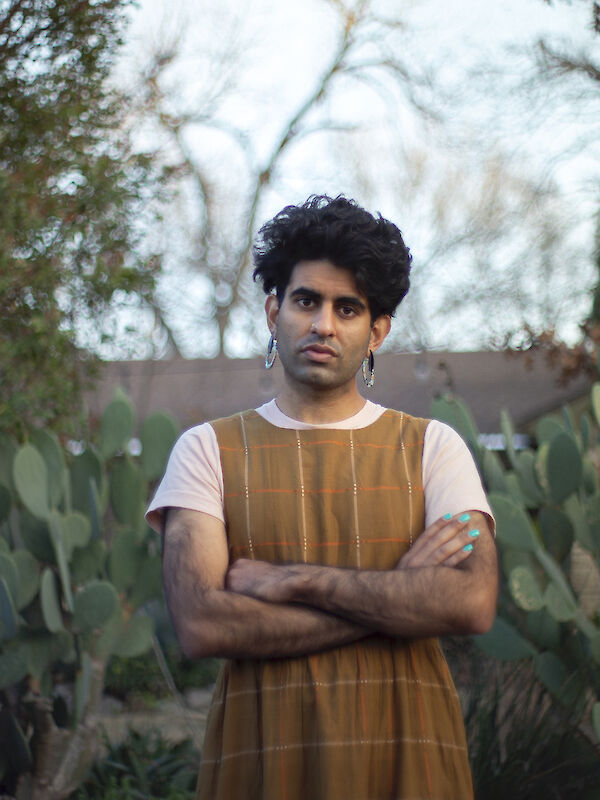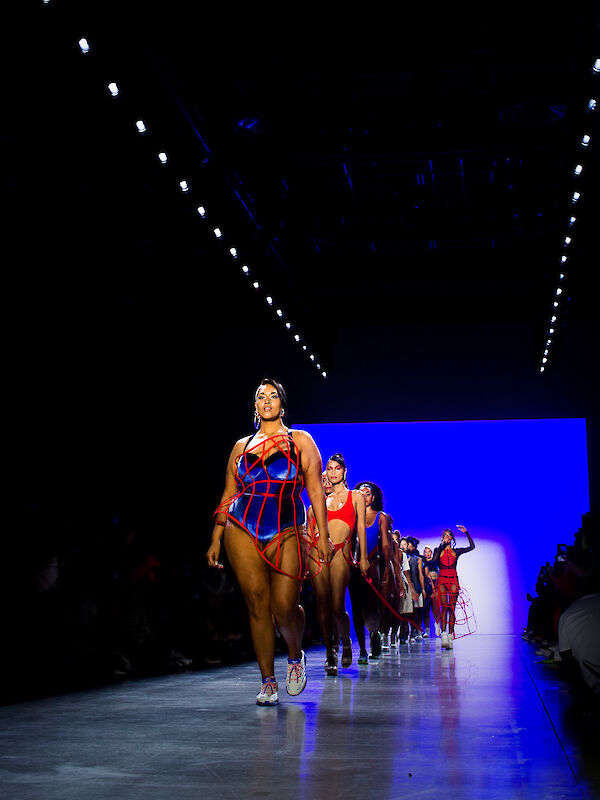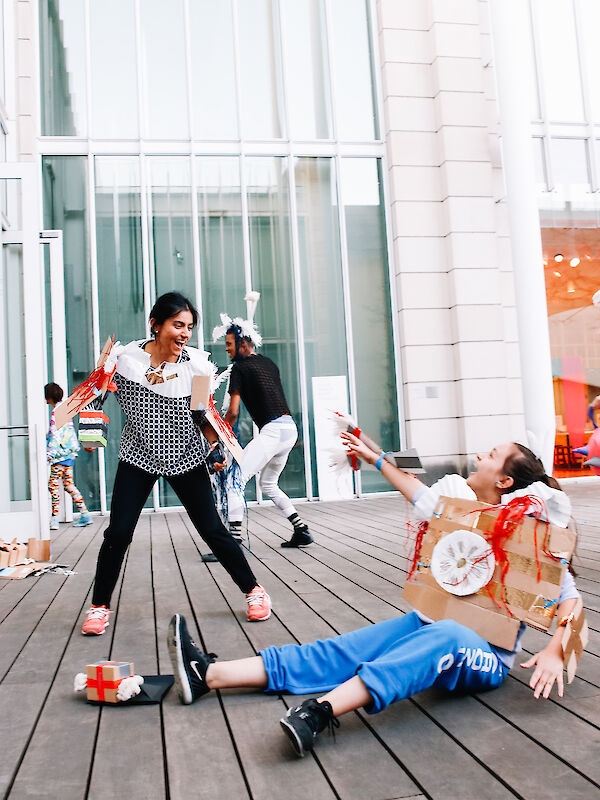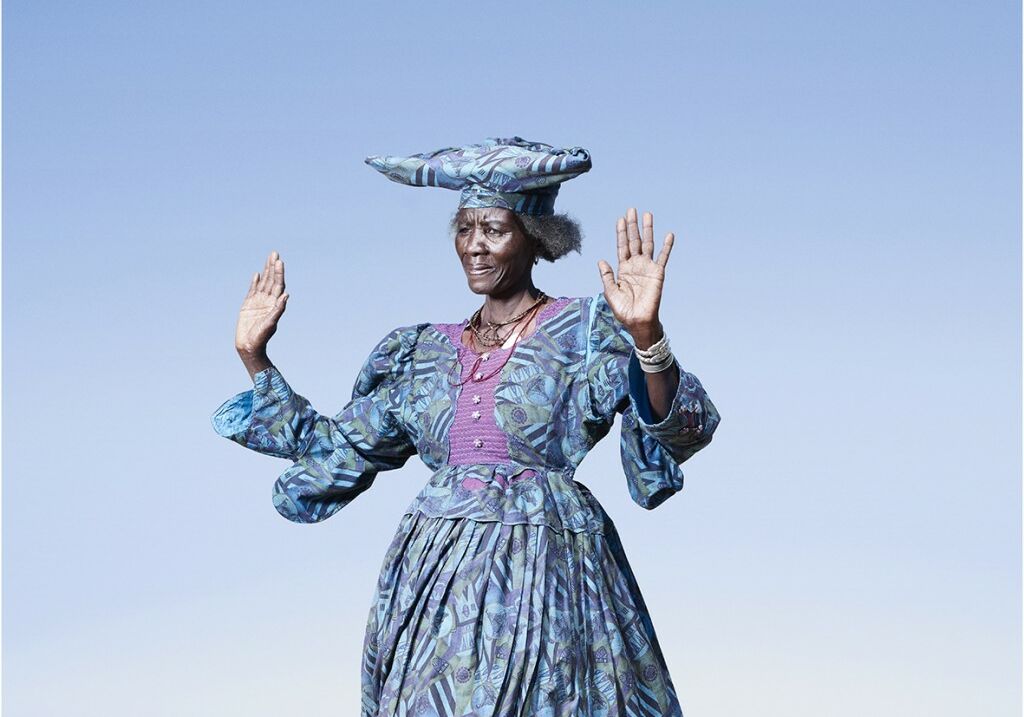
The first two stories are told by Sophie Spickenbom, BA student International Studies at Leiden University. Backdrop for both stories is Namibia. The first story is about the voluminous and vibrant ohorokweva onde or ‘Long Dress’, with an intricate headdress as the icing on the cake. The second story is about an Ozonja-jar filled with red fat. The fat colors women’s bodies, from head to toe. The dress and the red fat seem to come from two very different worlds. The reality is, however, that the women wearing the Long Dress and the ones that paint their body red have only recently started to live their lives apart.
The two things that Sophie will give a voice to belong to the Herero women and Himba women from Namibia. Both stories show us how the ground that we grow up on impacts the way that we humans shape our material world. The creations are never simple; instead they express a complex and layered relation of us humans with our earth and our past, present and future. The Herero and the Himba were once one people and the dress and the jar with fat are our witnesses, as are their cows.
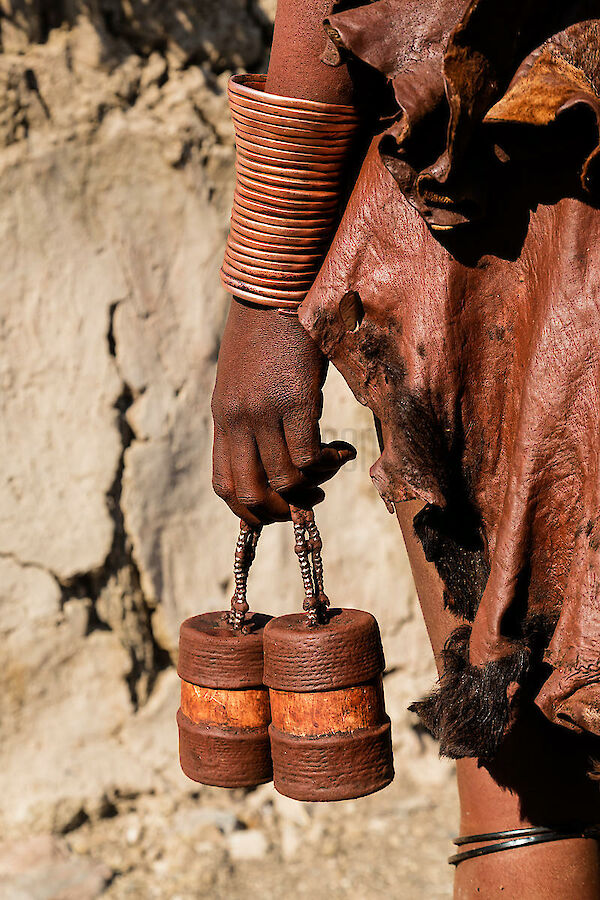
Ozonja for Himba make-up
Container for the storage of red Himba body make-up called otjize. It is a mixture of ochre and cow fat which is applied by women of the Himba tribe in Namibia every day. The container is made of cow horns and leather.
The Namibian Himba women are widely known for their red skin color and striking hairstyle. They achieve this look by applying otjize to their whole bodies daily. There is a protective factor to it, but for the women, this make-up primarily has an important aesthetic role. They store this mixture in the little containers presented here. It is an object that represents the close connection Himba people have to cows, their most important and sacred animal.
Find this story on Things That Talk
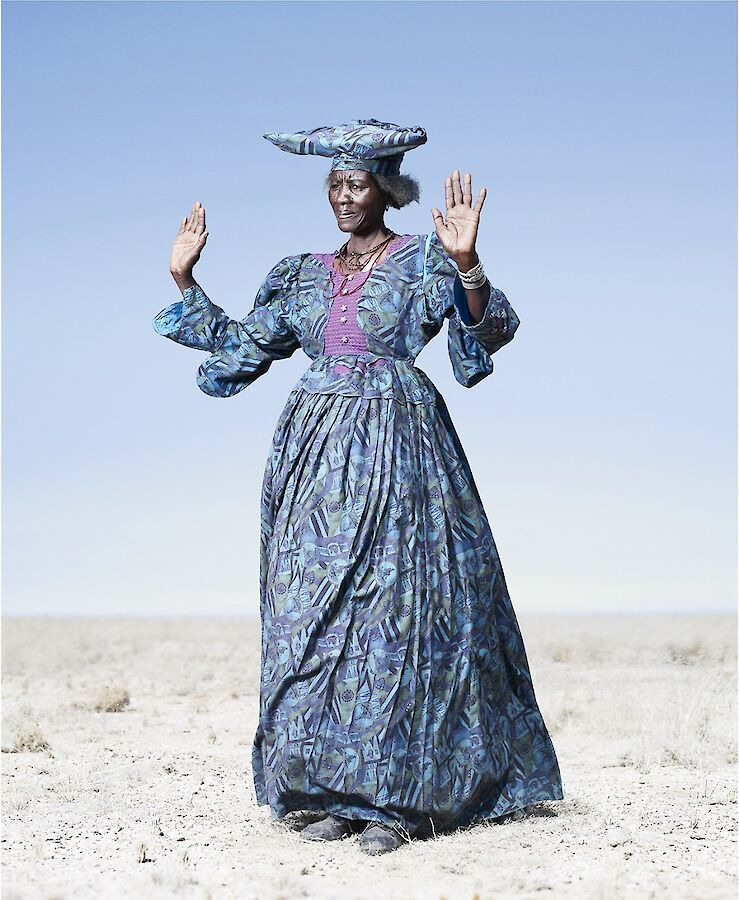
The Herero Long Dress
‘Long Dress’ or ohorokweva onde. A colorful Victorian style dress worn on a daily basis by married women belonging to the Herero ethnic group in Namibia, Botswana, Angola, and South Africa.
The Herero ethnic group was almost extinguished by the German colonizers during the brutal German-Herero war (1904-1908). The surviving Herero later adopted their colonizers’ dress and created their very own meaning for it. Very striking here is the dresses’ visible tribute to the cow, their life-sustaining animal.
Find this story on Things That Talk
